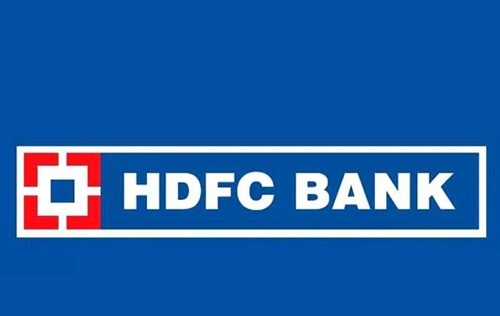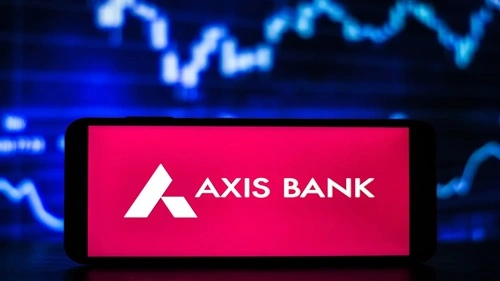Introduction
Picking accounting software in 2025 is nothing like it was a decade ago. The options are smarter, more connected, and far more varied than ever before. The challenge? With so many features, pricing models, and integrations, deciding on the right one for your business can feel overwhelming.
But here’s the good news: you don’t have to guess. By focusing on your business’s size, industry, and goals, you can make a choice that fits perfectly—without paying for features you’ll never touch.
Let’s break down the process step-by-step, so you walk away with a clear plan.

The Accounting Software Market in 2025
According to Grand View Research, the global accounting software market hit $19.38 billion in 2024 and is expected to reach $31.25 billion by 2030, growing at a CAGR of 8.4%. In the U.S. alone, Grand View Research estimates the market at $6.09 billion in 2024, with a projected 6.3% CAGR through 2030.
The majority of revenue comes from software components (68.2%), with cloud-based solutions dominating deployment. This shift reflects businesses’ desire for real-time access, automation, and cost efficiency.
Step 1: Identify Your Core Needs
Before comparing tools, get clear on your requirements. Ask yourself:
- Do you need multi-currency support?
- Will multiple team members access the system?
- Do you manage inventory, or just invoices and expenses?
- How important is integration with your existing tools?
A small consulting agency might prioritize invoicing and project tracking, while a retailer could need inventory and tax calculation features.
Step 2: Understand Key Features in 2025
1. Cloud Access
Most providers now offer cloud access, which allows you to work from anywhere. Tools like cloud-based accounting tools give flexibility, automatic backups, and real-time collaboration.
2. Automation
The AI in accounting market was valued at $4.87 billion in 2024 and is projected to reach $96.69 billion by 2033. Features like automated bookkeeping, bank reconciliation, and expense categorization save hours each month.
3. Integrations
From payment gateways to CRM systems, your accounting tool should “talk” to the other software you use. Interoperability was identified in a systematic review as a major factor in successful adoption among SMEs.
4. Cost
Prices vary widely—from free basic plans to enterprise-grade solutions costing hundreds per month. It’s not just about monthly fees; consider training, setup, and potential add-on costs.
5. Security
Cybersecurity is a top concern. A study in Ghana found that SMEs often face risks from weak protection and power issues. Opt for software with encryption, multi-factor authentication, and reliable uptime.
Step 3: Match the Software to Your Business Size
For Small Businesses
Look for simplicity and affordability. Features to focus on:
- Automated invoicing
- Expense tracking
- Simple tax filing
Examples: Wave, FreshBooks, Xero (basic plan)
For Medium-Sized Businesses
You’ll likely need more robust reporting, payroll, and integration options.
Examples: QuickBooks Online Advanced, Zoho Books, Sage Intacct
For Large Enterprises
Expect complex requirements like multi-entity consolidation, advanced analytics, and industry-specific compliance.
Examples: NetSuite, Microsoft Dynamics 365 Finance, Oracle Fusion Cloud ERP
Step 4: Evaluate Industry-Specific Options
- Retail & E-commerce: Inventory management, POS integration, and sales tax automation are must-haves.
- Consulting & Agencies: Project tracking, time billing, and client portals matter most.
- Manufacturing: Supply chain tracking, job costing, and production scheduling integration are essential.
Step 5: Test Before You Commit
Most providers offer free trials. Use these to:
- Test workflows with real data
- Check ease of use for your team
- Verify speed and stability
Quick Comparison Table for 2025
| Feature | Small Biz Pick | Mid-Sized Biz Pick | Enterprise Pick |
| Cloud Access | Wave | QuickBooks Online | NetSuite |
| Automation | Xero | Zoho Books | Oracle Fusion Cloud ERP |
| Integrations | FreshBooks | Sage Intacct | Microsoft Dynamics 365 |
| Cost | Free–$30/mo | $40–$150/mo | Custom Pricing |
The Bottom Line
Choosing accounting software in 2025 is all about fit. The right tool saves you time, reduces errors, and keeps you compliant—without draining your budget.
Start by identifying your core needs. Compare key features like cloud access, automation, integrations, cost, and security. Match your choice to your business size and industry. And always test before you buy.
With the right choice, your software becomes less of a chore and more of a silent partner in your business growth.


